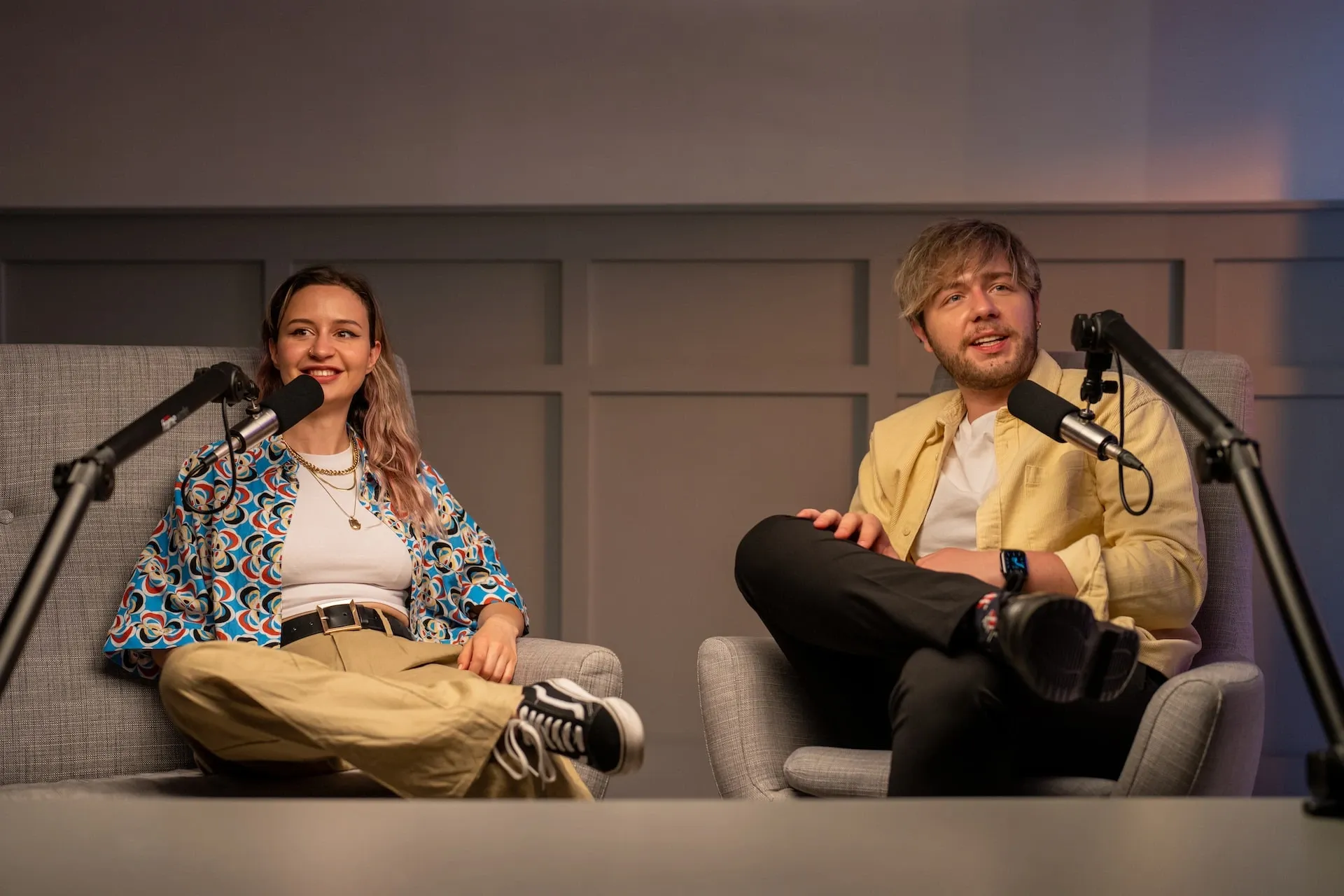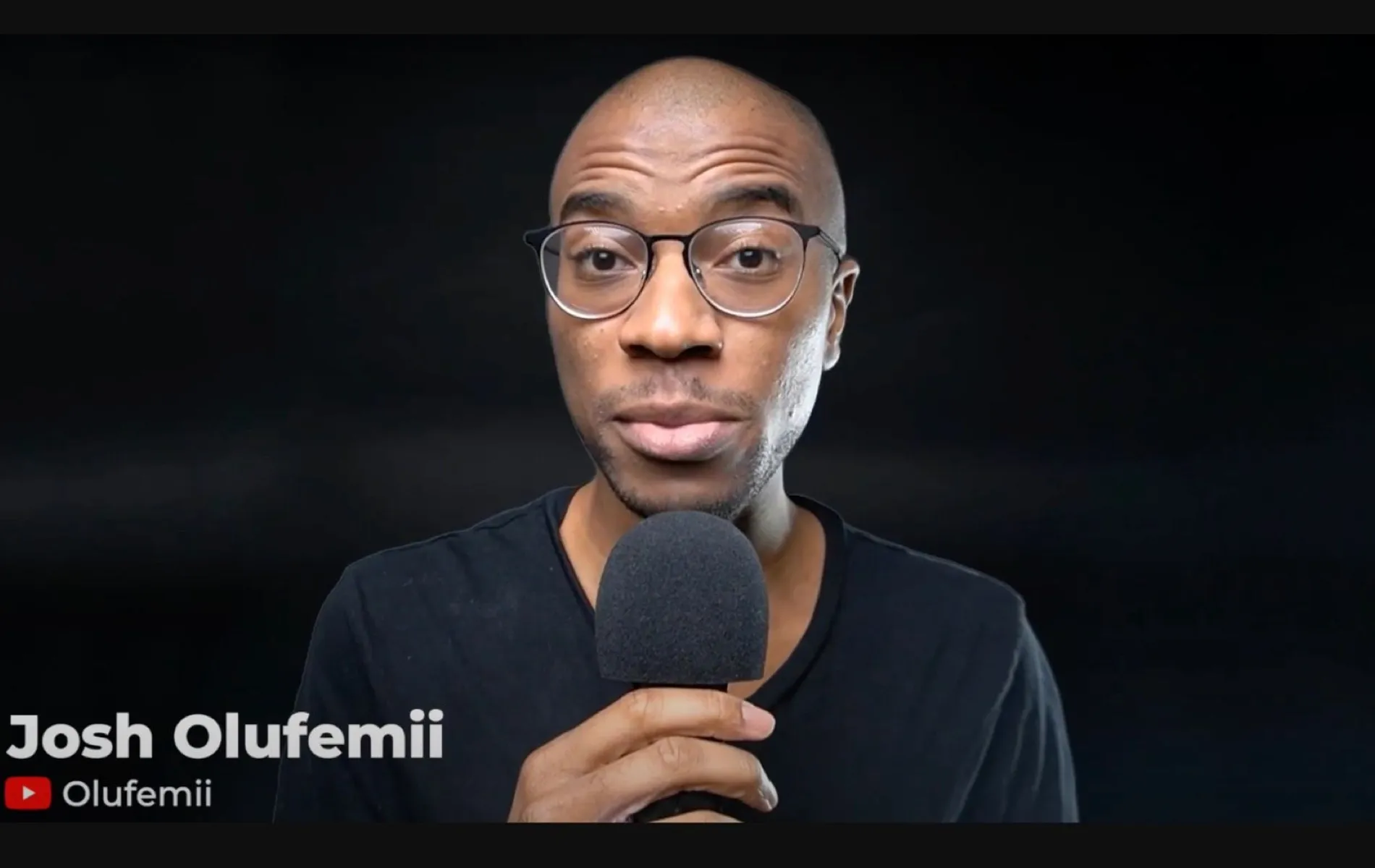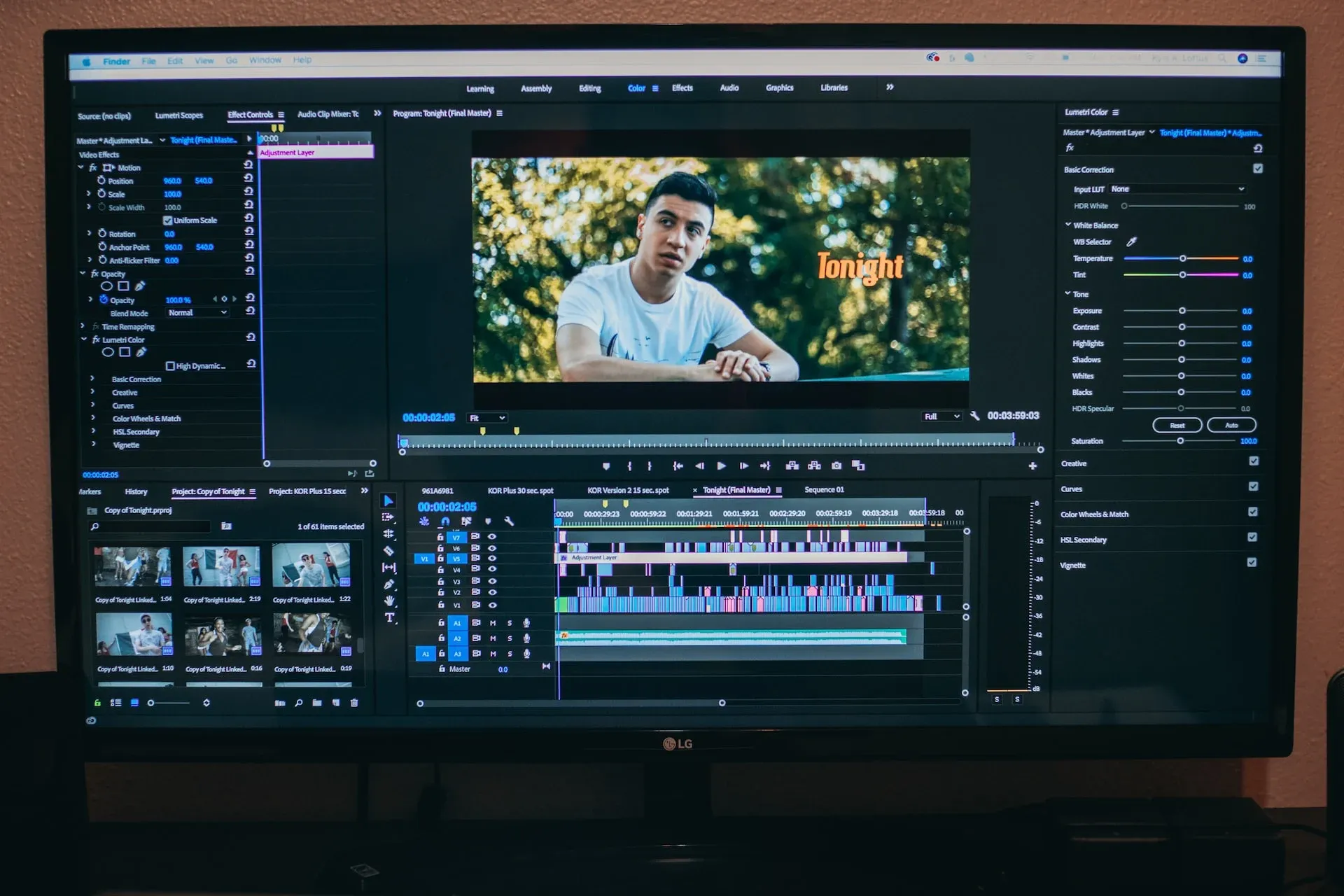How to get the best lower thirds for video content
Lower thirds are used in reality TV, vlogs, the news and pretty much any ‘talking head’ visual content. But what are lower thirds, can you get them in Premiere Pro and After Effects, and how difficult are they to use?

Lower thirds are used in reality TV, vlogs, the news and pretty much any ‘talking head’ visual content. But what are lower thirds, can you get them in Premiere Pro and After Effects, and how difficult are they to use?
What are lower thirds used for?
Lower thirds are the little pieces of information that pop up at the bottom of the screen, usually in the corner. You’ll most likely see lower thirds in news broadcasts and ‘talking head'-style social content, but they also play a vital part in documentary storytelling.
Lower thirds are a mixture of text and graphics, telling the audience what’s up without explicitly saying. For example, in a documentary, lower thirds will appear on screen when a new subject is introduced. There’s no voiceover saying ‘I am XYZ’ – the lower thirds do the talking, helping viewers keep track.
Here’s an example of lower thirds from Epidemic Sound ambassador Josh Olufemii, during a video he made in collaboration with Adobe and Epidemic Sound.

Why are they called lower thirds?
The name ‘lower thirds’ refers to the lower third of the screen, which is where they are traditionally placed. However, you can put lower thirds at the top of the screen if you wish. Even in the middle, if you’re a real maverick.
How long should lower thirds last?
As a rule of thumb, lower thirds should last between three and six seconds. This gives the viewer enough time to absorb the information, but doesn’t stick around long enough to become distracting or annoying. If you’re unsure about the length of your lower third, time how long it takes you to read the whole thing twice – or two and a half times, according to scholars and film schools!
Lower thirds establish facts. Another thing you need to establish is the mood – music can help you do that. At Epidemic Sound, we’re packing more than 40,000 tracks and 90,000 sound effects you can use to nail the vibe. Dig into the catalog below.

What makes a good lower third?
There are a few golden rules to follow for making top-drawer lower thirds. Let’s run through them.
Typography
If your channel or brand has a specific style, think carefully about what kind of font you’ll use. Bear in mind the length of your text, too. Unless you’re making something super long for comedic effect, keep it snappy to hold people’s interest.
Shapes and logo
Much like typography, using shapes and logos in your lower thirds helps solidify your brand identity. Naturally, don’t just invent a logo on the fly if you’ve never used one before. But, if you do have branding, it can help give your lower thirds an identity consistent with the rest of your video content.
Color
Stay away from anything too distracting, and try to stick with the color scheme you’ve established with your shapes and logos. If you learn about color theory, you can mix and match different palettes to create dazzling, stand-out lower thirds.
Animation
Lower thirds can be animated, but approach with caution. Too many moving parts can result in a confusing, distracting lower third that doesn’t do its job properly. You can usually get away with animation during intros, outros or transitions – the lower third becomes another moving part of the footage.
Size and placement
This all depends on where your subject is. If the bottom of the screen is busy with action, perhaps it’s best to place the lower third higher up. It’s also worth noting that a lower third can look weird if it’s at the same level as someone’s eyeline; if your subject’s line of sight occupies the top third of the screen, you should consider sticking the lower third toward the middle or bottom.

Lower thirds in Adobe After Effects and Premiere Pro
Lower thirds can be added painlessly in popular video editing software like Adobe Premiere Pro and After Effects. More often than not, you don’t even have to create them yourself – check out Adobe Stock’s massive selection of lower thirds here.
Of course, you can make your lower thirds from scratch. But if you’re new to lower thirds, you’re best just browsing Adobe Stock’s crazy-good catalog, then tweaking the templates as necessary.
Once you’ve chosen your lower thirds, it’s time to sort your music out. If you’re looking for a seamless process that offers more variety than you can shake a stick at, we’d point you toward Epidemic Sound.
Our catalog is high-quality, affordable, and safe. An Epidemic Sound subscription goes beyond royalty-free music, removing the headache of licensing and freeing you up to do what you do best. You can enjoy the safety of our license hand-in-hand with our massive catalog of 40,000 tracks, covering just about every genre you can think of. You’ll also gain unlimited access to our advanced search functions — finding the right sound’s never been easier.
It’s better than royalty-free. It’s worry-free. Get started with Epidemic Sound below.

Are you a YouTuber? Whether you’re an editing master or just a beginner, discover what Epidemic Sound has to offer on our Epidemic Sound for YouTube page. And, just in case you’re looking for some sound effects for YouTube, we got you covered.
Related posts:

